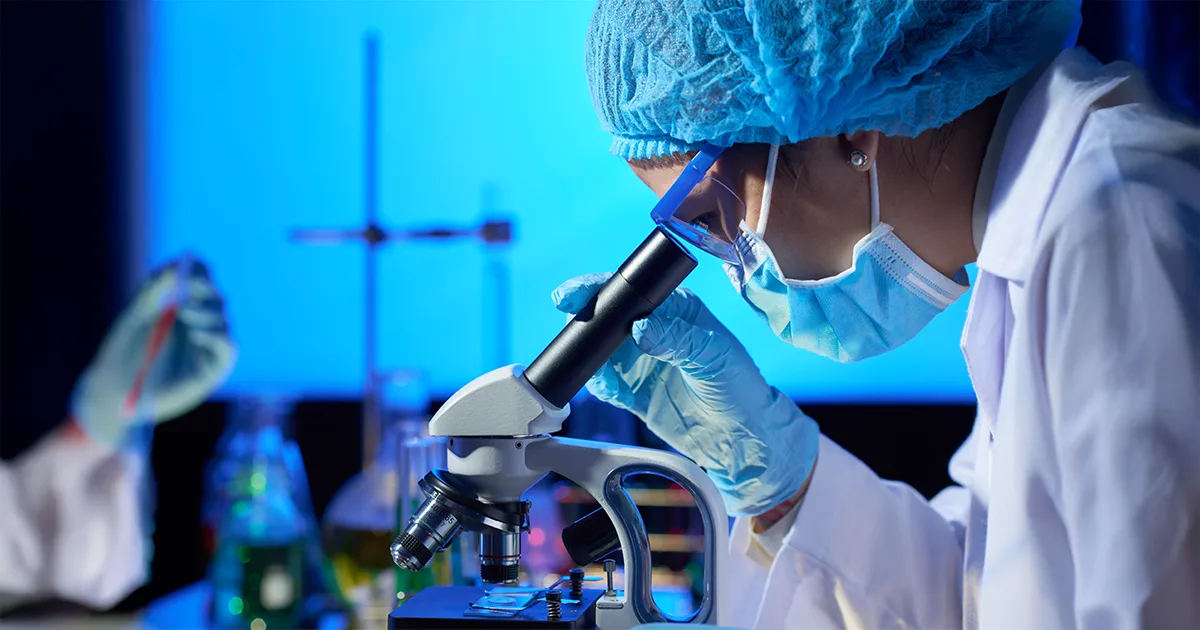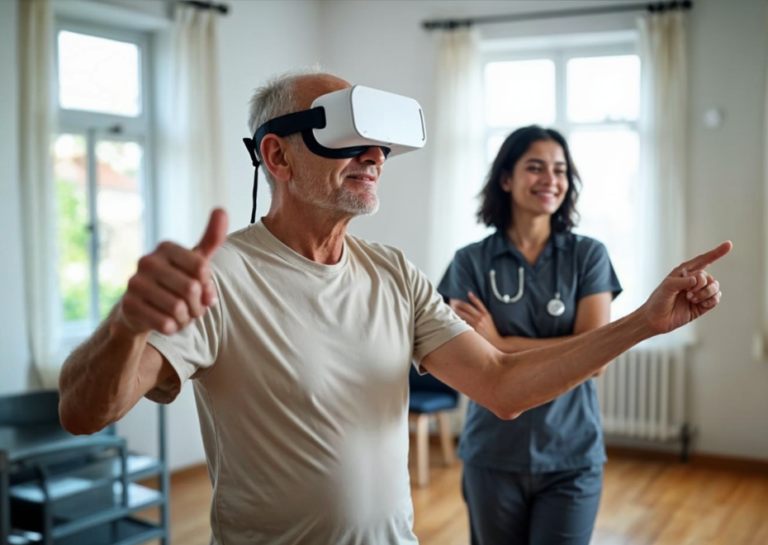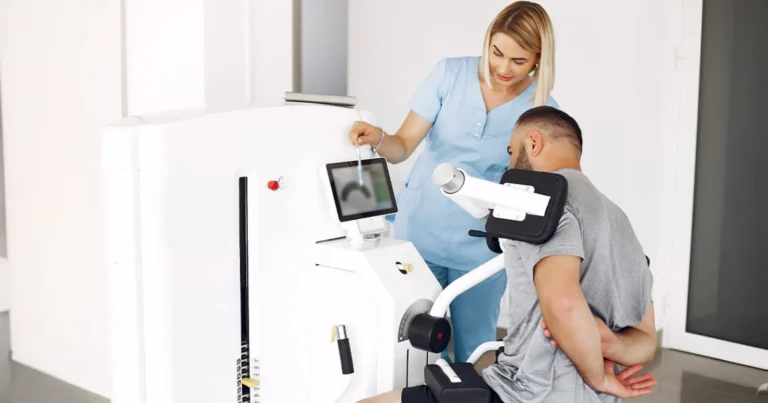Book Appointment Now

Parkinson’s Disease: Understanding Current Research and Treatment Prospects
Introduction
Parkinson’s Disease (PD) is a progressive neurodegenerative disorder affecting millions worldwide. Characterized by both motor and non-motor symptoms, Parkinson’s disease can significantly impact patients’ quality of life. This article explores the current state of Parkinson’s disease research, available treatments, and future prospects for management and potential cures.
Understanding Parkinson’s Disease
Pathophysiology
Parkinson’s disease primarily results from the loss of dopamine-producing neurons in the substantia nigra, a critical region of the brain. Dopamine, a key neurotransmitter, plays a vital role in regulating movement and emotional responses. The progressive degeneration of these neurons leads to the hallmark symptoms of Parkinson’s disease.
Symptoms
| Motor Symptoms | Non-Motor Symptoms |
|---|---|
| Tremors | Cognitive decline |
| Rigidity | Depression |
| Bradykinesia (slowness of movement) | Sleep disorders |
| Postural instability | Autonomic dysfunction |
The Challenge of Finding a Cure
Currently, there is no cure for Parkinson’s Disease.
The complexity of PD presents significant challenges to researchers:
1. Multifactorial Etiology:
Parkinson’s disease development involves a combination of genetic, environmental, and age-related factors, which vary widely among patients.
2. Progressive Nature:
The disease’s gradual progression complicates the development of interventions that can halt or reverse neuronal loss.
3. Heterogeneity:
The diverse manifestation of symptoms among patients makes it difficult to develop a one-size-fits-all treatment approach.
Current Treatment Strategies
While a cure remains elusive, several treatment options are available to manage Parkinson’s disease symptoms and improve patients’ quality of life:
1. Pharmacological Interventions
- Medications, converting to dopamine in the brain.
- Dopamine Agonists: Mimic dopamine’s effects in the brain.
- MAO-B Inhibitors: Enhance dopamine activity by preventing its breakdown.
2. Surgical Interventions
Deep Brain Stimulation (DBS): A surgical procedure involving the implantation of electrodes in specific brain areas to regulate abnormal impulses, particularly beneficial for advanced Parkinson’s disease cases.
3. Non-Pharmacological Approaches
- Physical Therapy: Improves balance, flexibility, and muscle strength.
- Occupational Therapy: Assists with daily living activities and independence.
- Speech Therapy: Addresses communication and swallowing difficulties.
Emerging Research and Future Prospects
Ongoing research in several areas shows promise for developing more effective treatments and potentially finding a cure:
1. Gene Therapy
Researchers are investigating gene therapy approaches to modify specific genes associated with Parkinson’s disease. Early studies have shown encouraging results, but further research is needed before clinical application.
2. Stem Cell Therapy
Scientists are working on techniques to replace lost dopamine-producing neurons with healthy ones derived from stem cells. This approach could potentially reverse some of the damage caused by Parkinson’s disease, though it remains in experimental stages.
3. Neuroprotective Drugs
Development of drugs that can protect or restore the health of dopamine-producing neurons is a major focus. These compounds aim to slow or halt the neurodegeneration process, potentially slowing Parkinson’s disease progression.
4. Biomarker Discovery
Identifying reliable biomarkers for early Parkinson’s disease detection could lead to more timely interventions and better disease management.
5. Virtual reality offers benefits for Parkinson’s disease patients
- Virtual Reality Training: Researchers developed a virtual reality system to help people with Parkinson’s disease improve balance and reduce falls by practicing obstacle negotiation in a safe environment
- Positive Results: After six weeks of training, participants showed significant improvements in balance, obstacle negotiation, and range of motion, which are linked to a lower risk of falls
- Enjoyable Experience: Participants found the training enjoyable and challenging without the fear of falling, making it a fun alternative to traditional exercise.
Living with Parkinson’s Disease: Hope and Outlook
Despite the absence of a cure, the landscape of Parkinson’s disease treatment is rapidly evolving. Advances in medical research have led to improved symptom management and quality of life for Parkinson’s disease patients. Maintaining a positive outlook and staying informed about the latest developments is crucial for patients and their families.
While Parkinson’s Disease remains a challenging condition with no current cure, significant progress is being made in understanding and managing the disease. The advancements in gene therapy, stem cell research, and neuroprotective drugs offer hope for breakthrough treatments in the future.
Conclusion
While Parkinson’s Disease remains a challenging condition with no current cure, significant progress is being made in understanding and managing the disease. The advancements in gene therapy, stem cell research, and neuroprotective drugs offer hope for breakthrough treatments in the future.
As research continues to unlock the mysteries of PD, the focus remains on providing effective symptom management, improving patient care, and advancing scientific discovery. By supporting ongoing research efforts and staying informed, we move closer to a world where Parkinson’s Disease can be not just managed, but potentially cured.
Resources for Further Information



